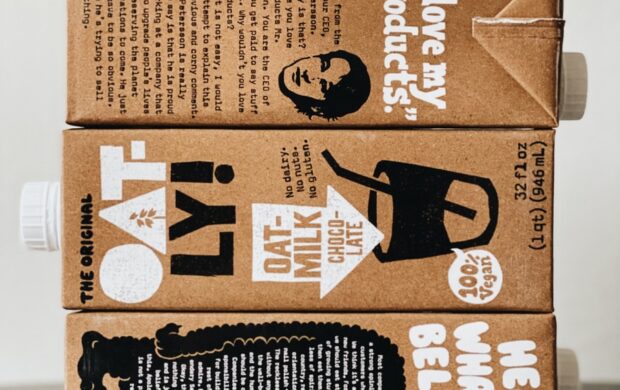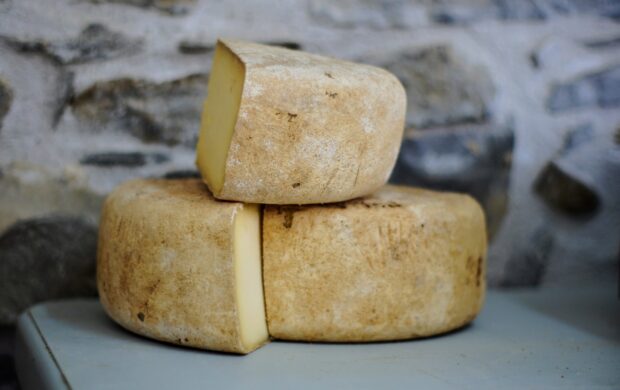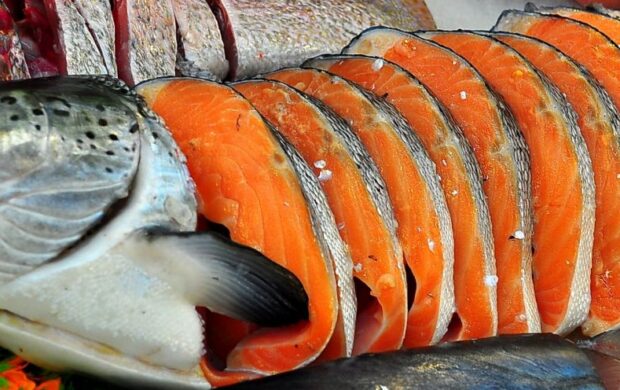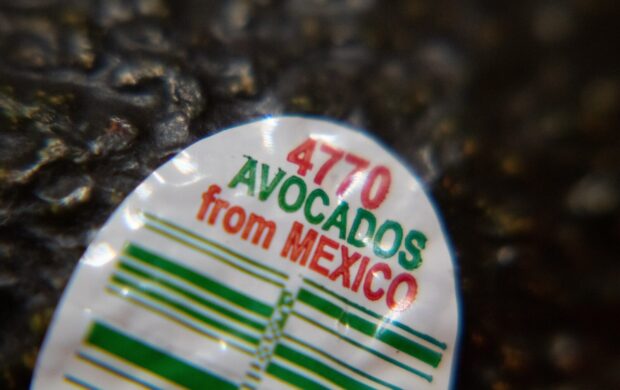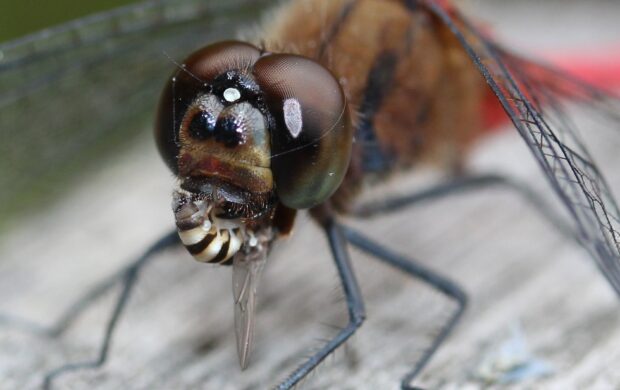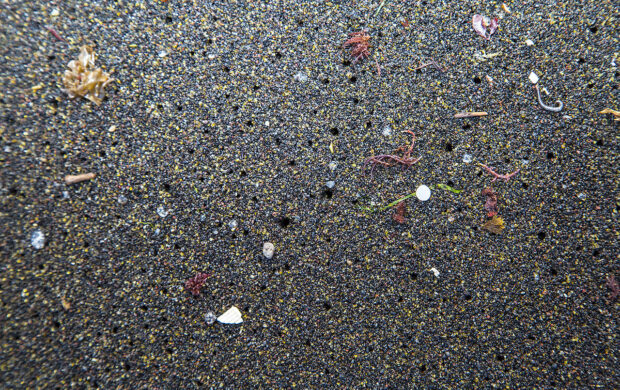A decade ago, Nathan Coussens from the University of Iowa noticed that milk protein crystals in cockroaches contains proteins, fats, sugars and the essential amino acids – making it similar to mammalian milk. Further research found that this milk – specifically from Diploptera punctata, the only type of cockroach which gives birth to live young – is energy dense, offering four times the calories of cow’s milk.
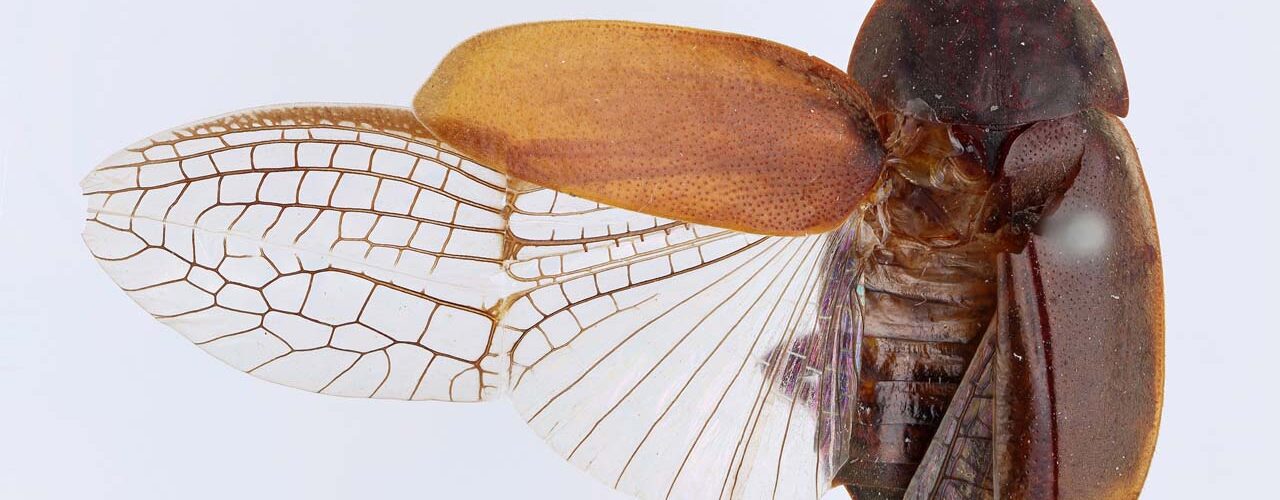
Presently, an international team of scientists, led by biochemist Subramanian Ramaswamy at the Institute for Stem Cell Biology and Regenerative Medicine in Bangalore, is sequencing the genes of the milk protein crystals. The ultimate aim is to produce cockroach milk in large quantities, for human consumption, by genetically engineering yeasts.
How does it taste? Like nothing in particular, a researcher comments, but flavours can always be added…


